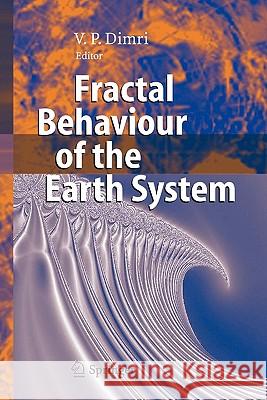Fractal Behaviour of the Earth System » książka
Fractal Behaviour of the Earth System
ISBN-13: 9783642065859 / Angielski / Miękka / 2010 / 208 str.
It is with pleasure that I write the foreword to this excellent book. A wide range of observations in geology and solid-earth geophysics can be - plained in terms of fractal distributions. In this volume a collection of - pers considers the fractal behavior of the Earth's continental crust. The book begins with an excellent introductory chapter by the editor Dr. V.P. Dimri. Surface gravity anomalies are known to exhibit power-law spectral behavior under a wide range of conditions and scales. This is self-affine fractal behavior. Explanations of this behavior remain controversial. In chapter 2 V.P. Dimri and R.P. Srivastava model this behavior using Voronoi tessellations. Another approach to understanding the structure of the continental crust is to use electromagnetic induction experiments. Again the results often exhibit power law spectral behavior. In chapter 3 K. Bahr uses a fractal based random resister network model to explain the observations. Other examples of power-law spectral observations come from a wide range of well logs using various logging tools. In chapter 4 M. Fedi, D. Fiore, and M. La Manna utilize multifractal models to explain the behavior of well logs from the main KTB borehole in Germany. In chapter 5 V.V. Surkov and H. Tanaka model the electrokinetic currents that may be as- ciated with seismic electric signals using a fractal porous media. In chapter 6 M. Pervukhina, Y. Kuwahara, and H. Ito use fractal n- works to correlate the elastic and electrical properties of porous media.











